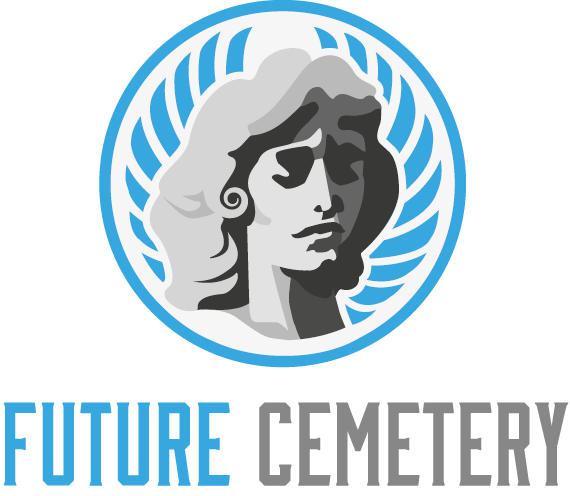A graveyard is an area of land set aside for burial. It is usually adjacent to a place of worship. In the Middle Ages people who were wealthy or of high social status were buried in a crypt inside the church.
As population growth accelerated in the 19th century church graveyards filled up, and independent sites called cemeteries became more common as designated final resting places. Learn more about the differences between a cemetery and a graveyard.
Origins
The word graveyard is used to refer to a burial ground. The word is derived from the Proto-Germanic word graban and gardan, which mean “digging place” and “enclosed land,” respectively. During the Middle Ages, wealthy or influential Christians were typically interred inside their church in a crypt, while less privileged congregants were buried outside in a section of the churchyard that became known as the graveyard.
As the population grew, church graveyards eventually reached their capacity. As a result, independent burial grounds that were not affiliated with a particular church were established and called cemeteries.
In the past, a cemetery was often an open space where community activities such as archery practice, markets, and games took place. It was also common for a person to be buried beside their family, and this is the type of cemetery that Shakespeare depicted in his famous scene involving the Gravediggers in Hamlet. This early tradition of sharing a graveyard with loved ones was often the source of friction between families.
Meaning
A graveyard is land dedicated to burials. It is typically located adjacent to a church and can include any type of burial: in ground grave, above ground tomb, columbarium, or mausoleum. The term graveyard also refers to the night shift, which occurs during the hours when most people are asleep. Workers who work graveyard shifts are often paid higher overtime rates.
The word cemetery is a bit older than graveyard, but it has similar meanings. It originated from the Greek word koimeterion and means sleeping place. The first use of the word occurred in the 1400s. Despite the difference in meaning, no one should have a problem using both words interchangeably. There are advantages to working graveyard shifts, including lower commute times and quieter work environments. However, these shifts can also disrupt the circadian rhythm and lead to health problems. Working these shifts requires adherence to laws and regulations that protect worker safety. In addition, it is important to avoid caffeine or alcohol before bedtime.
Functions
Working the graveyard shift involves disrupting a person’s circadian rhythm and can lead to health problems, including fatigue, sleepiness, and anxiety. It can also interfere with personal relationships and social responsibilities. Graveyard shift workers must carefully balance their needs with those of their coworkers and family members.
A cemetery can function as a place of mourning and memory, as well as a community gathering space. For example, many veterans’ memorials function as cemeteries where families can visit their loved ones’ graves. Some families choose to leave a memorial plaque, while others may add a remembrance cross or poppy wreath to the gravesite. In some cases, a family can also opt for a niche in a columbarium wall.
Etymology
It isn’t a big deal to use cemetery and graveyard interchangeably, but it is a bit of a linguistic faux pas. The difference is subtle, but important. The main clue is that the word cemetery suggests that this is a place that has been specifically designated for burials, not just some empty patch of ground next to a church. Cemeteries have a lot of rules about what can and cannot be done, so there’s more thought put into this than just digging holes and burying people when they die.
As a result, wealthy families could often be found buried in crypts within or beneath places of worship with their own headstones outside the churchyard marking their resting place. This is the origin of terms like “saved by the bell” and “dead ringer.” Sailors working the late shift were sometimes known as the graveyard watch. They worked the hours of midnight to 4:00 AM, and this was considered the time when a person was most likely to die.
